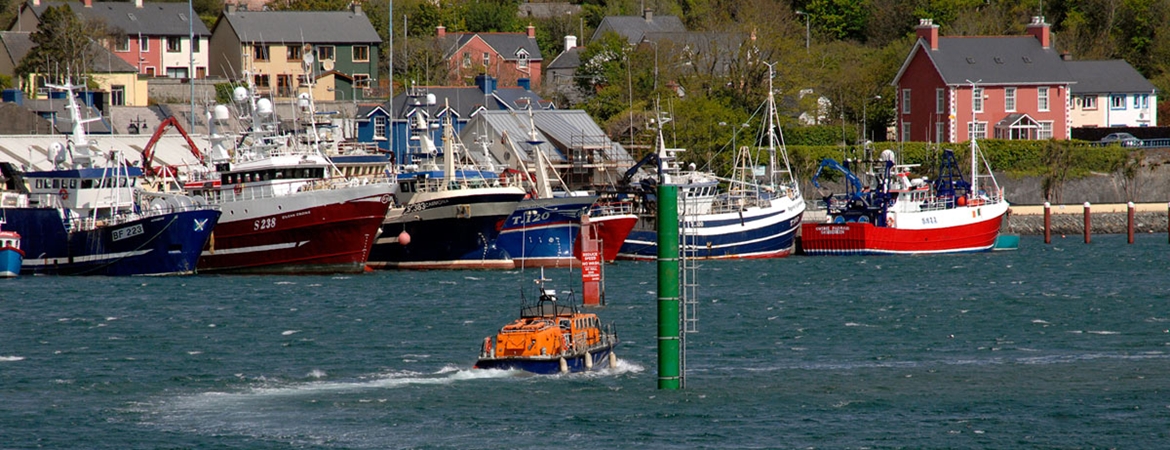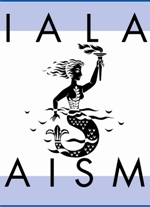IALA is a non-profit making international technical association. Established in 1957, it gathers together marine aids to navigation authorities, manufacturers and consultants from all parts of the world and offers them the opportunity to compare their experiences and achievements. IALA encourages its members to work together in a common effort to harmonise aids to navigation worldwide and to ensure that the movements of vessels are safe, expeditious and cost effective.
By the end of the 19th Century, many aids to navigation authorities had realised that it was very important to improve their efficiency and their research and development work, to compare their knowledge, experience and plans on a regular basis. Regular conferences were held at 4 or 5 yearly intervals but by the 1950's it became evident that the pace of technological change was such that a permanent Secretariat was needed to guarantee the continuous flow of information between the aids to navigation authorities of the World. Thus in July 1957, the aids to navigation authorities of 20 countries agreed to found the permanent organisation.
Taking into account the needs of mariners, developments in modern technology and the requirements and constraints of aids to navigation authorities, a number of technical committees have been established bringing together experts from around the world. The aim of these committees is to facilitate the design and implementation of buoyage systems, radio navigation services and traffic management services. This work ensures that the mariners have aids to navigation, which will meet their needs both now and in the future. IALA is therefore contributing to the reduction of marine accidents and to increasing safety of life and property at sea, while protecting the marine environment.
IALA also encourages co-operation between nations to give developing countries the opportunity to make use of new aids to navigation techniques. It has gradually opened up to other organisations having an interest in aids to navigation as well as scientific institute’s, manufacturers of equipment and consultants.
Today IALA comprises of 200 members, 80 of which are national authorities and 60 are commercial firms. Through its participation in the work of intergovernmental organisations such as the International Maritime Organisation (IMO), the International Telecommunications Union (ITU), and the International Hydrographic Organisation (IHO), IALA has had its expertise in the marine aids to navigation field acknowledged worldwide. Many of its achievements have been officially adopted or recommended by one or another of these organisations.
Due to its co-operation with other non-governmental organisations studying problems linked with maritime navigation, IALA is able to take into account the points of view of all the parties concerned when developing new systems.
Many of the IALA aims have been achieved, particularly in the field of harmonisation of aids to navigation systems and risk analysis tools and IALA continues to play a prominent role in technological developments.
The Commissioners of Irish Lights is an active member of IALA and is involved in its Committees and work groups which enable all members to share expertise and experiences, and contribute to developments in their field.
A Brief History of the IALA Maritime Buoyage System
The beginning of a uniform system of buoyage emerged in 1889, when certain countries agreed to mark the port hand side of channels with black can buoys and the starboard hand with red conical buoys.
Unfortunately, when lights for buoys were introduced, some European countries placed red lights on the black port hand buoys to conform with the red lights marking the port hand side of harbour entrances, whilst throughout North America red lights were placed on the red starboard hand buoys. Thereafter various conferences sought a single buoyage system, but without success until 1936, when a system was drawn up under the League of Nations at Geneva. It established a Lateral system, with the principal that red buoys should be used on the port hand and black buoys on the starboard hand. However, several countries were not signatories to this Convention and continued to develop their original, and opposite systems.
After World War II (1939-45) buoyage systems were re-established in North West Europe based on the system devised by the 1936 Geneva Convention, but wide differences in interpretation of that system resulted in nine different systems coming into use in those waters.
In the Dover strait in 1971 the Merchant Ship Brandenburg struck the wreckage of the Texaco Caribbean and sank, though the wreckage was appropriately marked. A few weeks later the wreckage, despite being marked by a wreck-marking vessel and many buoys, was struck by the Niki, which also sank. A total of 51 lives were lost. It was this disaster, which give rise to the development and implementation of the IALA Maritime Buoyage System.
In 1973, observing the need for urgency, a further attempt to find a single worldwide system of buoyage was made by the Technical Committee of IALA. IALA brought together representatives from the aids to navigation services in order to exchange information and recommend improvements to aids to navigation based on the latest technology.
IALA decided that agreement could not be achieved immediately, but concluded that the use of only two alternative systems was practicable by dividing the world into two Regions. It proposed a system allowing the use of both Cardinal and Lateral systems in each Region but, whereas in Region A the colour red of the Lateral system is used to mark the port hand side of channels and the colour green the starboard hand side when proceeding in the conventional direction of buoyage, in Region B the colours are reversed.
In 1980, at a conference convened with the assistance of the Inter-Governmental Maritime Consultative Organisation, now known as the IMO and the International Hydrographic Organisation (IHO), the Lighthouse Authorities from fifty countries and the representatives of nine international organisations concerned with aids to navigation agreed to adopt the rules of the new combined system, and reached decisions on the buoyage regions. The system has now been implemented throughout much of the world, however, in some parts conversion to the new system is still incomplete.



